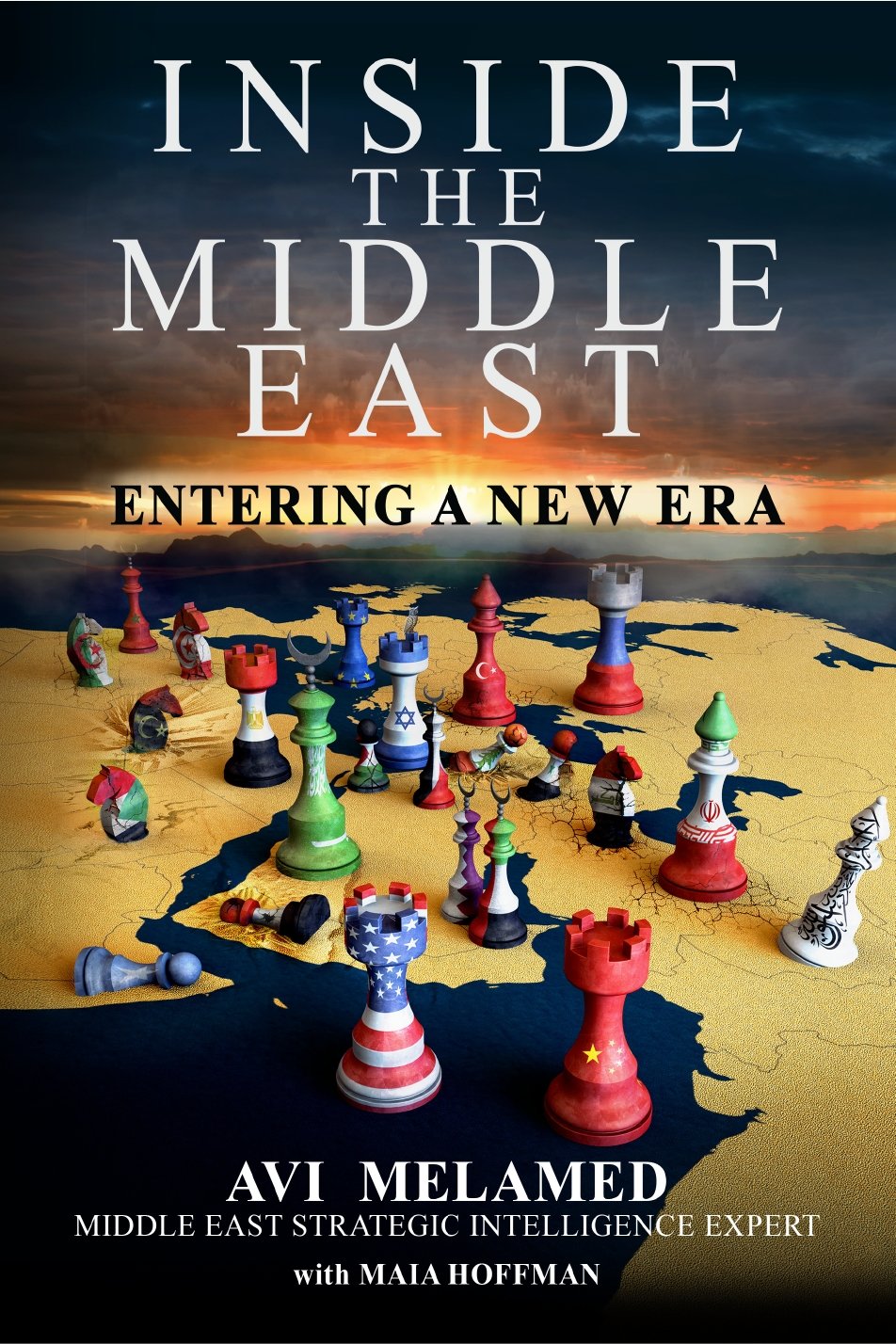|
Getting your Trinity Audio player ready...
|
Gaza: Neutralizing Hamas takes more than protests. Washington must be credible | Avi Melamed special to the USA TODAY Network | This article has already published in more that 227 other media and newspapers.
3-minute read
In late March and early April 2025, Palestinians in the Gaza Strip took to the streets demanding an end to Hamas rule, voicing despair over the devastation brought upon them by Hamas’s Oct. 7 war against Israel.
This is not the first time Gaza’s residents have expressed frustration with their rulers. But this wave of protests comes at a moment of rare vulnerability for Hamas. The group’s military infrastructure has been decimated, key leaders eliminated and a growing chorus of criticism in the Arab world now holds Hamas directly responsible for Gaza’s ruin. The unrest reflects both mounting internal discontent and a strategic opportunity — if the international community is prepared to act.
Yet the protests, however courageous, face four structural obstacles that limit their impact:
First, Hamas rules through fear. Palestinian activists report that since Oct. 7, Hamas has executed hundreds of suspected dissenters. In response to the recent demonstrations, Hamas operatives abducted, tortured, and murdered protest organizers. This is consistent with a longstanding pattern of brutal repression that has silenced internal criticism for years.
Second, Hamas’s power is deeply embedded in Gaza’s complex social and economic fabric. The population is divided between larger cities and refugee camps, with Hamas’s main support base located in the latter. Tens of thousands of Gazans benefit from Hamas’s control of Gaza — through public-sector civilian jobs, or employment within its internal security forces or military wing. In addition, powerful clans that dominate commerce maintain symbiotic, mutually beneficial relationships with Hamas. As long as Hamas remains in power, these interests are aligned with its survival — making any internal shift in power difficult to achieve.
Third, Arab states that oppose Hamas ideologically — namely Egypt, Saudi Arabia and the United Arab Emirates—have failed to translate their opposition into actionable policy. These governments have no illusions about Hamas, which they view as a destabilizing proxy of the Muslim Brotherhood and a threat to regional stability (and indeed each of these states suppress the Muslim Brotherhood in their countries). Yet despite their opposition to Hamas, they have fallen short on conditioning reconstruction aid for Gaza, on Hamas’s disarmament. This indecisiveness has allowed Hamas to retain leverage.
Fourth, Hamas continues to enjoy political cover in the West. Progressive and pro-Palestinian groups in Europe and the United States routinely denounce Israel while remaining conspicuously silent about Hamas’s role in Gaza’s destruction and despair. This selective outrage is increasingly out of step with the voices emerging from Gaza and the broader Arab world, which hold Hamas accountable. Ironically, by refusing to recognize Hamas’s abuses, these movements — which seek to align themselves with the suffering of civilians in Gaza — help to entrench Hamas’s rule and thus the continuous cycle of repression, destruction and despair. In early April, amid the growing protests, Hamas launched a media campaign titled “Global Solidarity with Gaza” — a calculated move to deflect criticism and exploit foreign sympathy.
Can Hamas’ control of Gaza’s future be neutralized?
Since its founding in the late 1980s, Hamas has pursued a strategy of violent confrontation with Israel, inflicting immense suffering on both Palestinians and Israelis. Today, for the first time, several factors align that could help neutralize Hamas’s ability to dictate Gaza’s future by force. These include the destruction of much of its military capability, the elimination of key Hamas political leaders, the weakening of the Iran-backed “Axis of Resistance” of which Hamas is a core component and the erosion of support among Gaza’s economic elite. A firm and uncompromising U.S. policy has also pushed major Arab states to consider a more active role in advancing a post-Hamas settlement.
Eradicating Hamas is not a realistic objective. But neutralizing its ability to dominate Gaza through violence is. That goal can be achieved — if Arab leaders step forward with a coordinated, assertive strategy and if Washington supports a credible reconstruction plan explicitly conditioned on disarmament and governance reform. Arab governments must go beyond statements; they must take ownership of a post-Hamas vision for Gaza, one that incentivizes local stakeholders to shift their allegiance.
Once Gaza’s most powerful clans realize that Hamas’s rule is ending, their mutually beneficial relationships with the regime will collapse. That shift could mark a pivotal moment in dismantling Hamas’s hold on Gaza.
The protests alone will not bring about this transformation. But they are a spark. Whether that spark dies out — or contributes to a more stable and secure future — will depend on the trajectory and outcomes of Israel’s military operation in the months ahead and the decisions made in Abu Dhabi, Doha, Cairo, Riyadh and Washington.wounds reopen. Whether Syria’s new leadership is truly seeking reconciliation — or merely consolidating power under a different flag — will determine whether the country rebuilds or remains trapped in endless bloodshed.
Avi Melamed is a former Israeli intelligence official who went on to serve as deputy and then as senior Arab affairs adviser to Jerusalem Mayors Teddy Kollek and Ehud Olmert, operating as a negotiator during the first and second intifadas. He is the author of “Inside The Middle East: Entering A New Era,” and his latest docuseries, “The Seam Line,” available on the Izzy streaming platform, focuses on Jerusalem’s flashpoints and his work during the intifadas.
Gaza: Neutralizing Hamas takes more than protests. Washington must be credible | Avi Melamed special to the USA TODAY Network | This article has already published in more that 227 other media and newspapers.
If you want to have a better understanding of the news and what really drives the unfolding events… Read the latest book of Avi Melamed,
INSIDE THE MIDDLE EAST | ENTERING A NEW ERA, available now >>>
Follow me on Twitter @AviMelamed; Facebook @InsideTheMiddleEast; for more Videos on YouTube https://www.youtube.com/c/AviMelamed
I can always be reached at Av*@********ed.com
































































